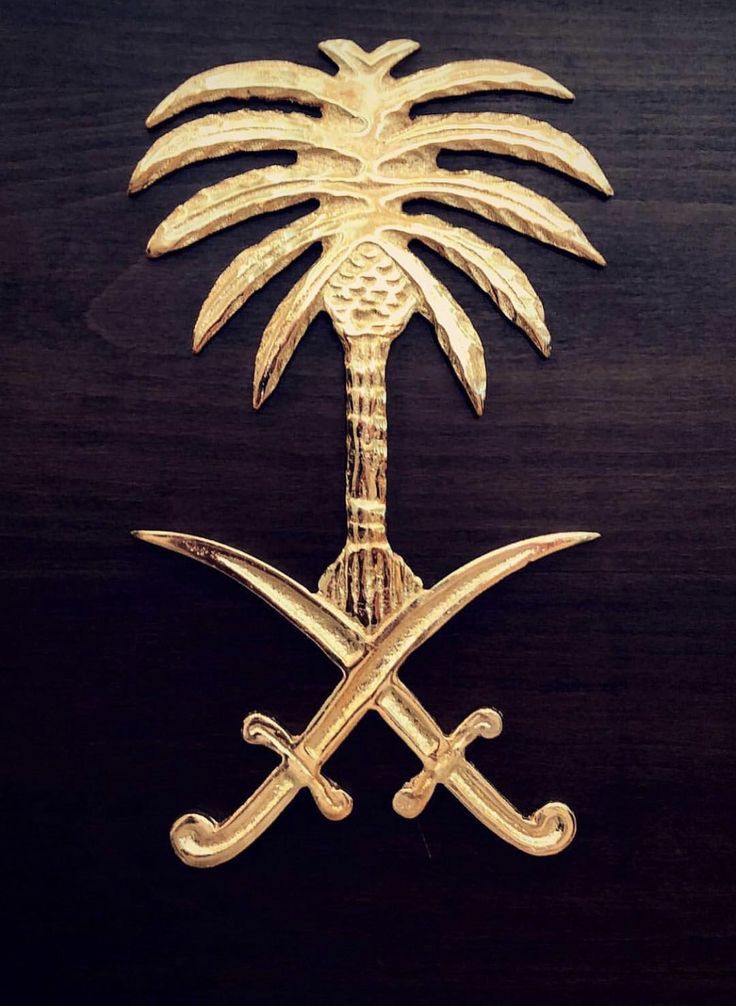
From primitive life millions of years ago, when Arabia spilled over with rivers and green meadows, to the formation of the modern kingdom by its founding ruler King Abdulaziz, the museum leaves no stone unturned in its depiction of the country’s history.
Adorning the walls are pictures of the king with foreign dignitaries including British Prime Minister Winston Churchill and U.S. President Franklin D. Roosevelt, along with the story of King Abdulaziz’s rise to power and his reign over a newly unified kingdom.
Visitors can also browse exhibits on Saudi culture, including nomadic Bedouin life, traditional clothing (including a section on Hijazi bridal wear), and the country’s currency.
On the ground floor, visitors can learn about Islam and its ascent through the centuries starting with basics, such as the five pillars of Islam, on through the religion’s contributions to science, culture, and industry.
Highlights include an intricately modeled re-creation of the pilgrimage to Makkah, including the Kaaba, the square building located in the center of the Grand Mosque, the holiest shrine in Islam. Accompanying material in both Arabic and English gives detailed descriptions of the key areas marking Prophet Muhammad’s journey.
Elsewhere on the floor, you’ll find exquisite art, early manuscripts, pottery, old coins and weapons, and a map detailing the spread of Islam throughout the world.
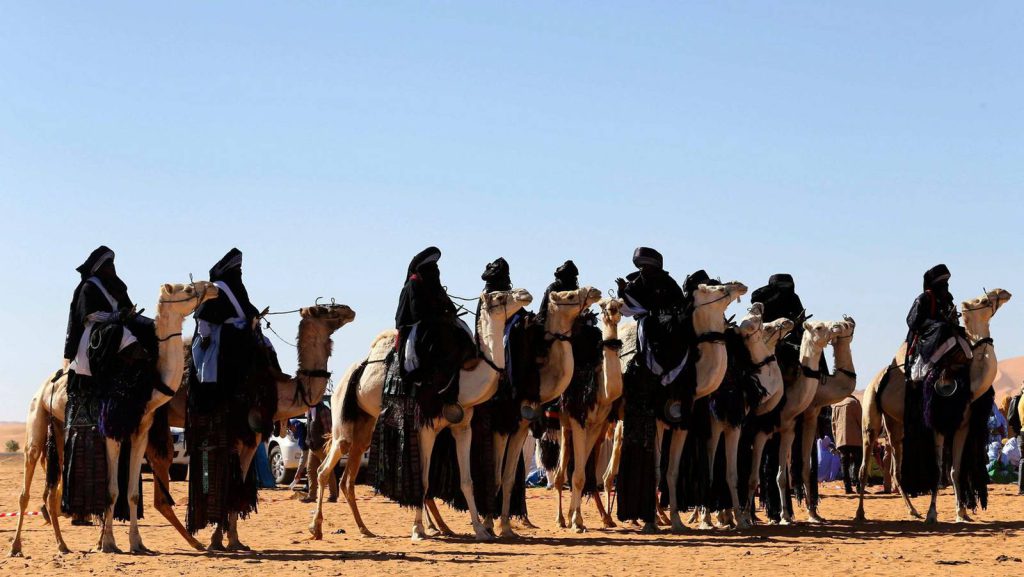
Arabic is the official language of Saudi Arabia and the primary language used in all dealings and public transactions. English serves as an informal second language in the Kingdom and is spoken by a large section of its society. All road signs are bilingual, showing information in both Arabic and English.You’ll receive notes in denominations of five riyals, ten riyals, 50 riyals, 100 riyals and 500 riyals; and coins in one riyal, two riyals, 50 halala, 25 halala, 10 halala, 5 halala and 1 halala.

Currency exchange and transactions are easy in Saudi Arabia. Saudi Arabia’s national currency is the Saudi riyal (ر.س SAR), which is subdivided into 100 halala.
You’ll receive notes in denominations of five riyals, ten riyals, 50 riyals, 100 riyals and 500 riyals; and coins in one riyal, two riyals, 50 halala, 25 halala, 10 halala, 5 halala and 1 halala.
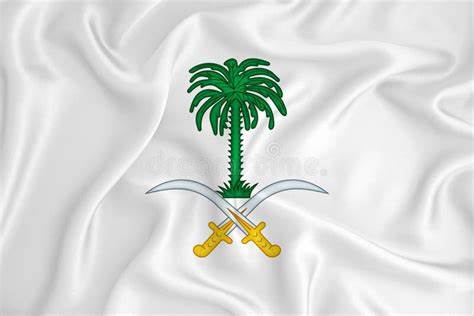
Saudi Arabia’s rich heritage and traditions have been shaped by its position as a historic trade hub and the birthplace of Islam. In recent years, the Kingdom has undergone a significant cultural transformation, evolving centuy-old customs to fit the contemporary world we live in today.
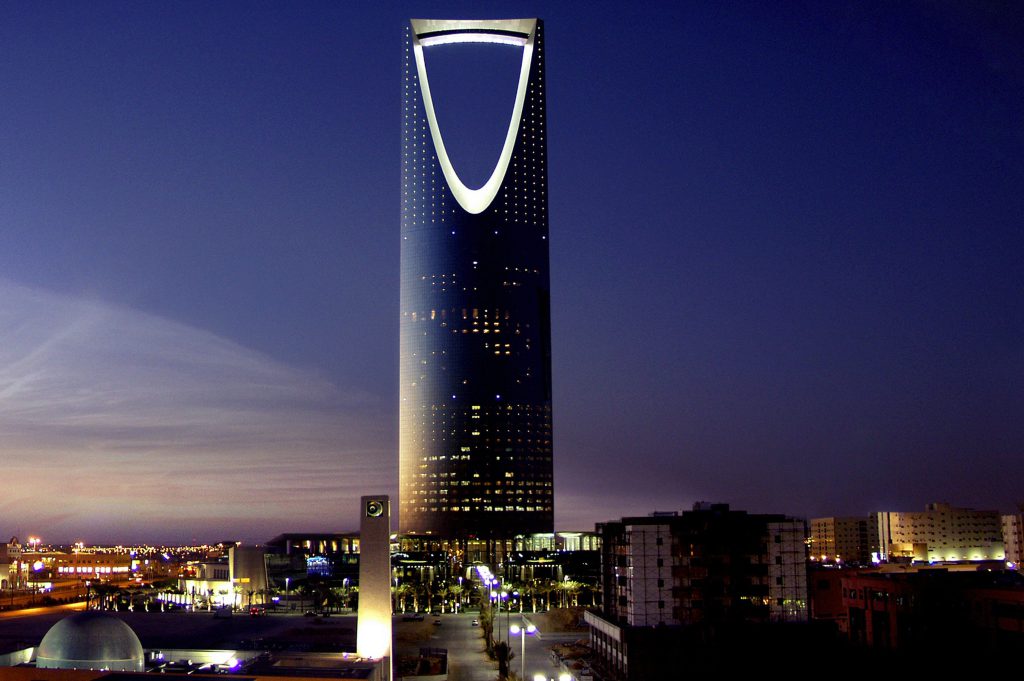
Located on the great limestone plateau of Najd, near the fertile bed of the Hanifah Valley. The Kingdom’s capital is a thriving and vibrant metropolis with many charming old souks.
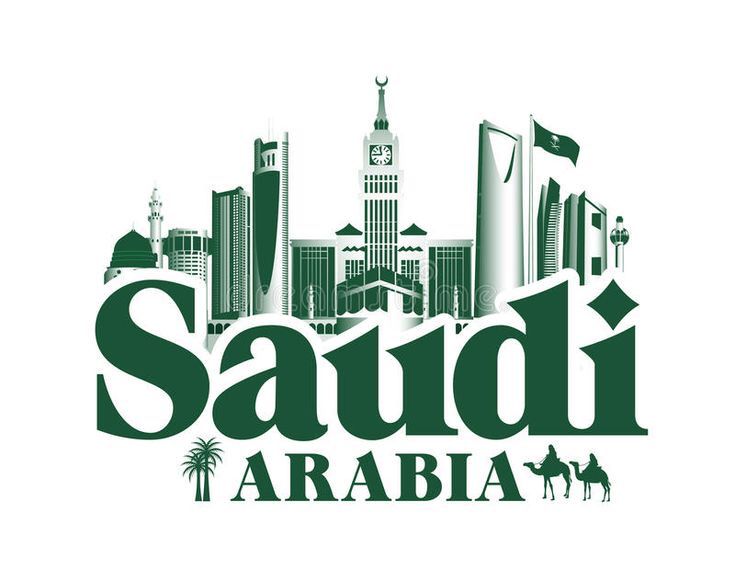
The first Saudi state had been founded on Islamic principles which promote justice, and societal unity. In that time, Diriyah, the capital of the Saudi state then, prospered and became an oasis of culture and knowledge, as well as a business centre. Travellers and pilgrims sought rest in there as well. Those principles became the roots of the Second Saudi State and the Kingdom of Saudi Arabia which its leaders continue to pursue its development.
Today, the folkloric dance is performed throughout the Saudi provinces and has become a symbol of traditional Saudi culture. In 2015, Ardah was inscribed on the UNESCO Representative List of the Intangible Cultural Heritage of Humanity.
Founding day captures the history and brings it to life as children and adults are proud of wearing traditional costumes. Unlike what’s commonly believed, Saudi white thob was not the formal men’s attire back then. It was a hidden part in more than 8 traditional attires for men varies depending on climate and region.
As for women, their attire varied depending on the region but all were modest and vibrant with colour and beads, while also covering a big part of the hair. As part of the traditional costume, henna is considered an important component in traditional beauty for women in Saudi. It is used usually to paint fingertips and palms, in addition to the soles of the feet for both men and women.
The Ardah begins with a single line of poetry that is repeated as a second group of men carrying drums steps between the men holding swords and moves in unison to the beat of their drums. The men carrying swords sway back and forth and side to side as they sing. Bending at the knee and leaning forward, they lift and lower their swords rhythmically. Another performer carries the national flag. The mood is celebratory and lively.
A sword dancing performance can continue for several hours, with short intermissions, with as many as 50 lines of poetry being sung. If a dancer gets tired, he can periodically rest his sword on his shoulder and continue stepping with the group. Sword dancing is a popular attraction at the annual National Festival for Heritage and Culture.
Folklore dances are an integral part of the Saudi national celebrations and are accompanied by traditional songs derived from societal calls that illicit pride and excitement and enhance the bonds among them. Saudi Ardah is on the top list of traditional dances. Back in the days, men performed this dance to welcome with pride the men who returned victor from war. Today Ardah is performed in the founding day as well as other celebrations to exhibit the unity and strong bond of Saudis.
It is common to cook and serve traditional food and desserts in this day. Saudi coffee is the highlight of the heritage ground. It is prepared from roasted beans along with saffron and cardamom and is served usually with sweets in cafes.
Founding day is an excellent opportunity to try jareesh, which is a Saudi dish made from grounded wheat and cooked with laban and meat then decorated with caramelised onions and dried limes.
From the Earth to the moon, and from the prehistoric ages to the modern ages, the hallways of the Saudi National Museum will take you on an adventure that transcends time and space. You will witness artistic and historical evidence in the heart of Riyadh in Al Murabba neighborhood near King Abdulaziz palace. The museum was opened in 1419H and spans across a distance of 17,000Km2 where it tells the story of 3,700 artifacts such as statues, scripts and unique sculptures.
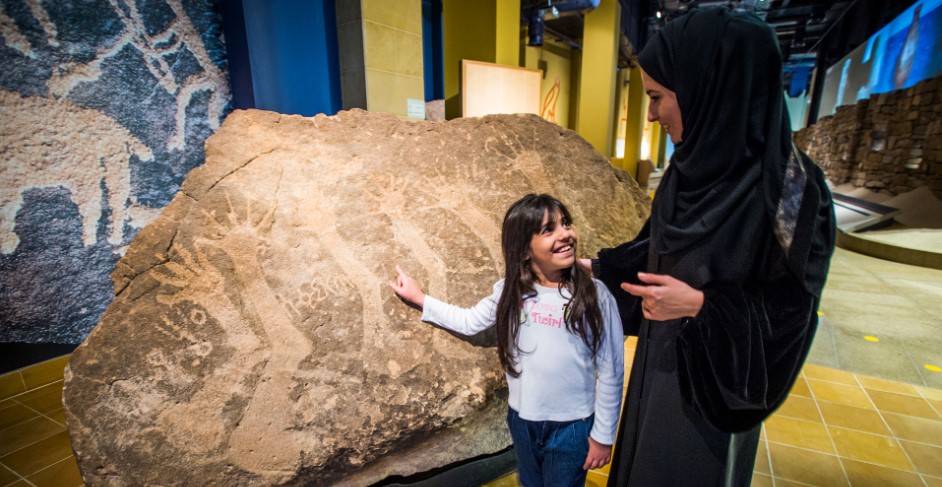
The museum consists of eight galleries filled with history, beginning with the Man and the Universe Gallery. In there, you can learn about the origin of the universe and the solar system, and the natural factors that have been contributing to its development for millions of years. In the Ancient Arab Kingdoms Gallery, you will feel immersed in civilizations that existed from the 4th millennium BC to the 2nd century AD. You can also see the religious and social patterns of life before Islam in the Pre-Islamic Era Gallery. In the Prophet’s Mission Gallery, you can learn about the life of the Prophet PBUH, starting with the revelation until his hijrah to Madinah. You can watch a documentary about the history of unification of Saudi Arabia in the Kingdom Unification Gallery. The Hajj and Two Holy Mosques Gallery exhibits the urban development of Masjid Al-Haram and Masjid Al Nabawi.
The museum events allow you to capture the joy of festivities in the dedicated photography corners. This happens whenever the museum hosts seasonal interactive activities on holidays and national occasions. During these events, the museum foyer is brought to life with artistic live performances in an atmosphere filled with the joy of adults and children alike.
The museum is open for visitors starting 9 am until 8 pm Saturday to Wednesday, and from 2 pm to 10 pm on Thursdays and Fridays. It is not open on Sundays.
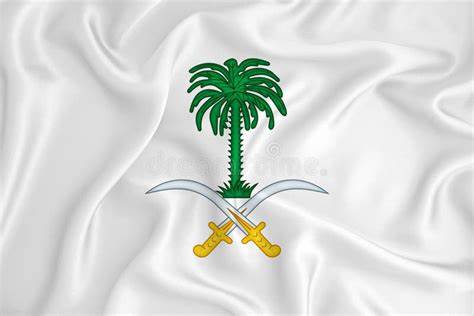
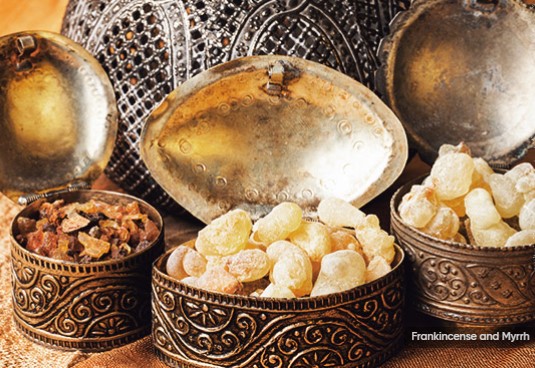
Both in high demand on the Incense Route, frankincense and myrrh resins were collected from waxy dripping “tears” of trees that grow only in southern Arabia and northeastern Africa.
Today, the folkloric dance is performed throughout the Saudi provinces and has become a symbol of traditional Saudi culture. In 2015, Ardah was inscribed on the UNESCO Representative List of the Intangible Cultural Heritage of Humanity.
Though it earned its name for the Chinese silk traded along this route, the Silk Road dealt in more than textiles, with spices from Southeast Asia and India exchanged in Jeddah and other key ports along the way.
Today, the folkloric dance is performed throughout the Saudi provinces and has become a symbol of traditional Saudi culture. In 2015, Ardah was inscribed on the UNESCO Representative List of the Intangible Cultural Heritage of Humanity.

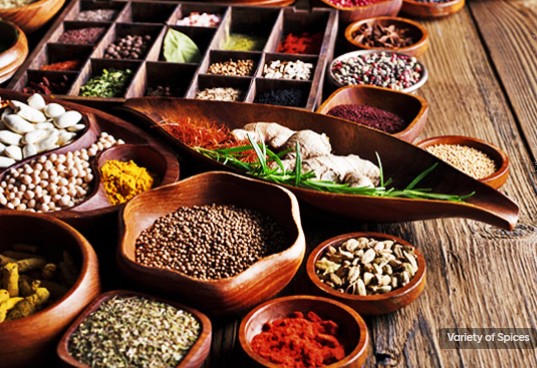
Even before the Romans arrived in the first century A.D., the Red Sea and the Arabian Gulf saw fleets of merchants moving their prized cargo of spices — from cardamom and cinnamon to nutmeg and turmeric — around the peninsula’s ports.
Today, the folkloric dance is performed throughout the Saudi provinces and has become a symbol of traditional Saudi culture. In 2015, Ardah was inscribed on the UNESCO Representative List of the Intangible Cultural Heritage of Humanity.